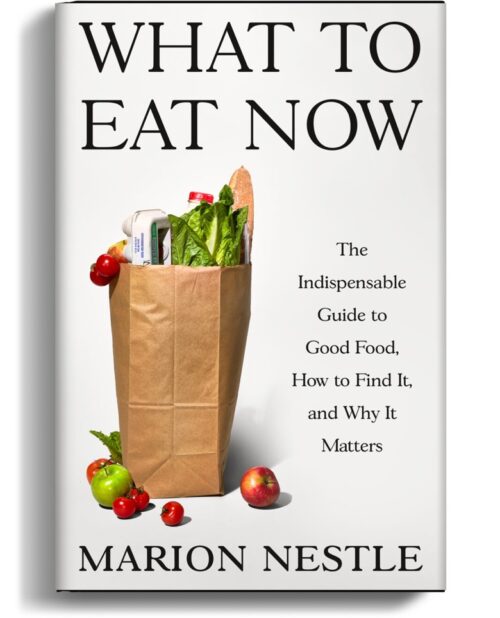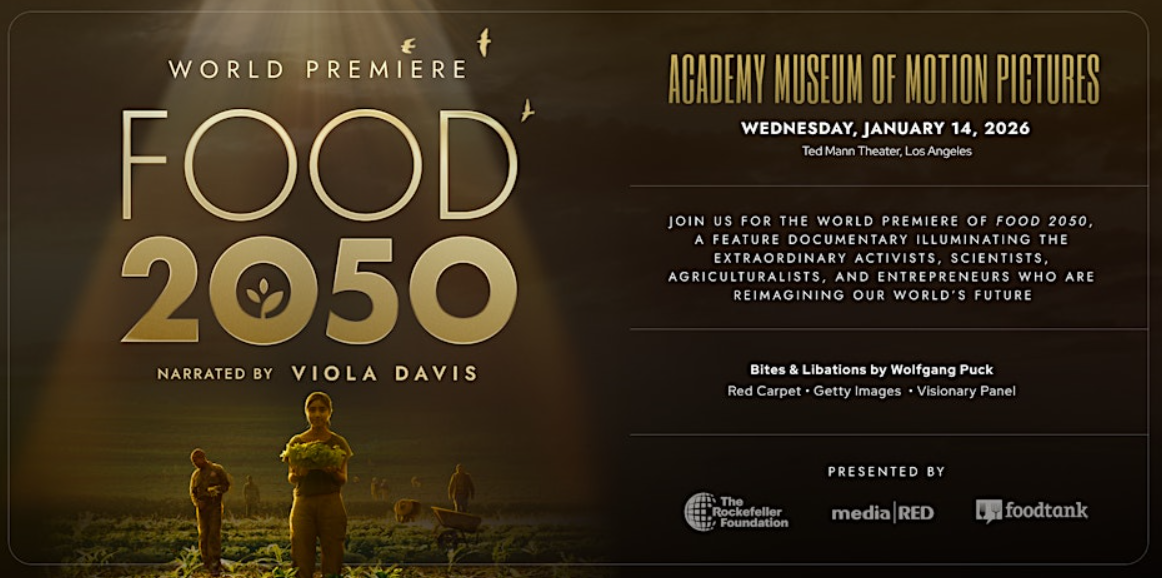Soft drinks as a solution to childhood malnutrition? I don’t think so.
Here is another one you can’t make up. An article in Pediatrics, entitled “Malnutrition and the role of the soft drink industry in improving child health in sub-Saharan Africa,” advocates for fortifying soft drinks with micronutrients (vitamins and minerals).
Oddly, it does this after explaining how consumption of soft drinks actually”perpetuates problems of undernutrition in children, pregnant women, and other vulnerable populations in the developing world.” Why? Because in “sub-Saharan Africa, for example, distribution of soft drinks and other beverages produced by soft drink companies is extensive, and consumption is high given the extensive poverty in this part of the world.”
The authors justifiably complain about how little attention has been paid to the ways in which soft drink companies perpetuate malnutrition.
But instead of suggesting public health measures to counter the well documented effects of soft drinks on rising rates of obesity or on tooth decay rates among children in developing countries, the authors want soft drink companies to add vitamins and minerals to the drinks.
The Bill Gates foundation recently partnered with Coca-Cola in Uganda to increase production and distribution of mango and passion fruit juice as a way to stimulate production of local mango and passion fruit juice and meet Coca-Cola’s demand for
increased fruit to stimulate sales; however, such a partnership should also ideally involve micronutrient fortification, because Coca-Cola estimates that this partnership will extend sales in coming years. The World Economic Forum recommends fortification of food and beverages by private companies as an approach to reduce malnutrition, to
boost a productive workforce, and to stimulate the global economy.
Translation: Coca-Cola’s economy.
Fortunately, colleagues in Brazil have written a letter in response: “Can the soft drink industry prevent child malnutrition? No way.”
What the impoverished populations of Africa, Asia and Latin America need, are the means with which to lead a decent life. These include secure local food systems and supplies, access to safe water and adequate sanitation, decently resourced primary health care services, ability to produce and prepare meals from immediate and local resources, universal primary education, and empowered mothers and other caretakers. Substantial reduction of child undernutrition can be achieved in a relatively short period of time with improved income distribution, population and community self-determination, and public investments in public goods such as education, health, social security, water supplies and sanitation.
What they do not need is more Coca-Cola.
Or, for that matter, Pepsi Cola, which tried the same ploy earlier this year (see previous post).
Sales of Coke and Pepsi are declining in the United States. What better way to protect sales than to foist these products on the poor populations of emerging economies.
We need to be exporting health, self-determination, and democracy, not sugary drinks.
For shame!


